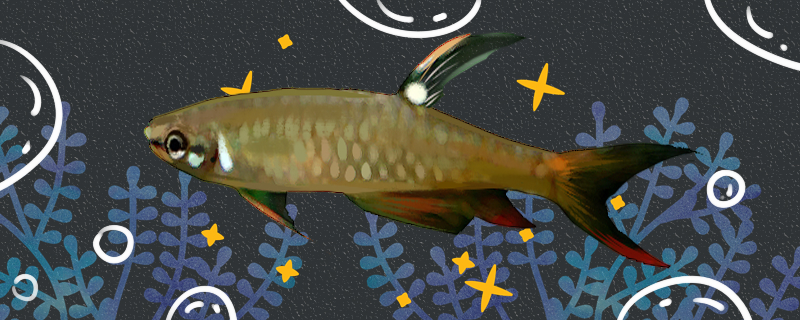 Is
Is ? The red-winged splashfish has a very mild temperament and can be mixed with other mild fish of the same size. But their temperament is also quite jumpy. They like to jump very much and often jump out of the water. Therefore, when feeding, it is necessary to put a cover on the water tank to prevent them from jumping out of the water and suffocating to death. They are not beautiful in appearance, but they are loved by many people because of their strange spawning habits. However, they are also difficult to raise, and experienced breeders are recommended to raise them.
red-winged splashfish? 1. Water quality: Red-winged splashfish have certain requirements for living water quality. They like to live in a weak acidic to neutral water environment. Therefore, when feeding, the pH value of the water body needs to be adjusted to 6.5-7.1, and the hardness of the water body needs to be kept between 4-12. In addition, it is necessary to ensure the cleanliness of the water body.
2. Water temperature: They do not have high requirements for living water temperature. In addition to ensuring suitable temperature conditions, they also need to ensure that the water temperature is constant. The most suitable water temperature for their life is between 22 and 28 degrees Celsius.
3. Feeding: For these carnivorous animals, it is best to feed them with active bait, otherwise they will have a poor appetite. It is recommended to feed small fish and shrimp, frozen shrimp, nematodes and so on.